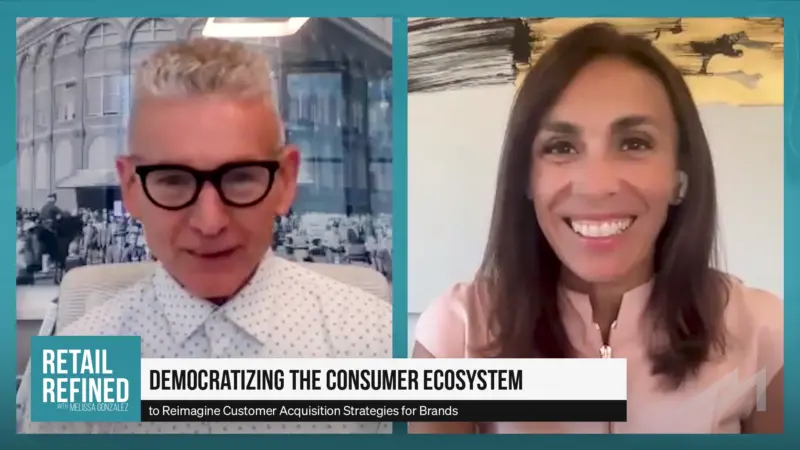Will We See the Return of Crowded Stores?
The coronavirus pandemic has transformed the way people dine, shop, and wait in line at local establishments. However, what shifts in consumer behavior will remain in a post-pandemic world, and what can businesses do now to adapt to them?
The Voice of B2B, Daniel Litwin meets with Spandana Nakka, the CEO of Sleek and a Forbes 30 Under 30 entrepreneur.
Sleek’s virtual queuing technology gives customers a dynamic alternative to physically waiting in line, while offering businesses an opportunity to improve their operations. Here, they discuss how companies like Sleek can support brick and mortar establishments right now and in a post-pandemic world.
Since the company’s establishment in 2019, Nakka firmly believed that consumers should know the wait time, down to the minute, as soon as they enter a venue. This vision has shaped Sleek to become the Forbes-recognized organization it is today.
“Popular spots have high wait times,” said Nakka. “We have seen that for centuries.” However, the pandemic and social distancing has increased the length of a line, making it appear larger than it should be.
Sleek’s platform doesn’t just offer small and medium-sized businesses a virtual queuing solution, it has also helped businesses increase their revenue by as much 20%. “You can put yourself in the line, or pay a couple of bucks and skip the queue,” Nakka reveals. And for SMBs that often operate on a razor-thin margin, this extra revenue could be what keeps them in business during these uncertain times.
Follow us on social media for the latest updates in B2B!
Twitter – @MarketScale
Facebook – facebook.com/marketscale
LinkedIn – linkedin.com/company/marketscale







